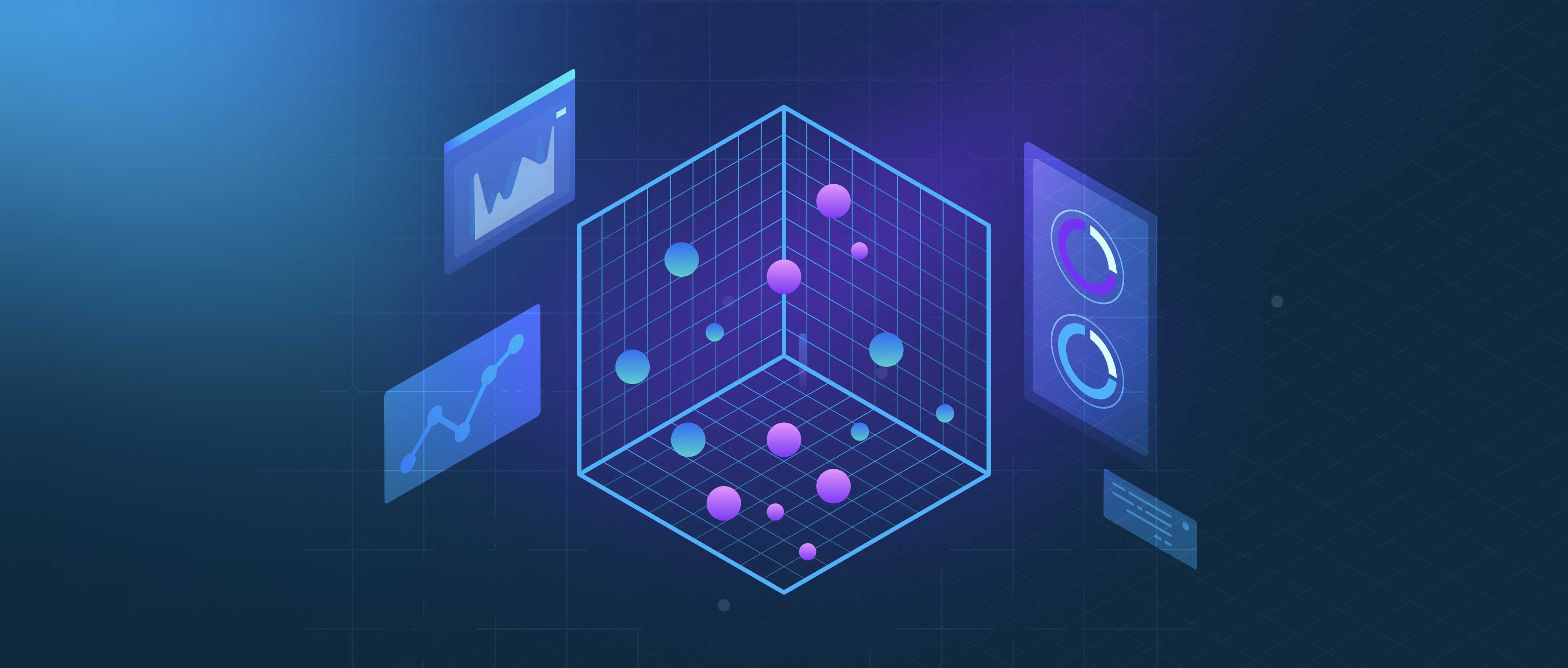Edge AI in agriculture refers to using artificial intelligence at or near the source of data generation, such as fields and farms, to improve farming practices. Its applications range from crop monitoring to livestock management. One key advantage is that these AI systems can process data locally, allowing for real-time decision-making without the need to constantly communicate with a central server. This reduces latency and bandwidth requirements, which is especially useful in remote farming areas with limited internet connectivity.
One popular use case is precision agriculture, where farmers deploy sensors and cameras to gather detailed information about crop health. By analyzing this data on-site using edge AI, farmers can identify issues such as pest infestations or nutrient deficiencies more efficiently. For instance, drones equipped with AI can monitor large fields from above, capturing images that can be processed locally to identify areas needing attention. This targeted approach helps optimize resource usage, reducing waste and increasing yield per acre.
Another example is in livestock management, where edge AI can monitor the health and behavior of animals. Wearable devices, like smart collars, collect data on animals' movement and vital signs. An edge AI system can analyze this data to detect any abnormal behavior or health issues, enabling timely interventions. This approach not only improves animal welfare but also helps farmers manage their herds more effectively and reduce losses due to health-related issues. Overall, edge AI is transforming agriculture by providing actionable insights right at the source, enhancing productivity and sustainability.
